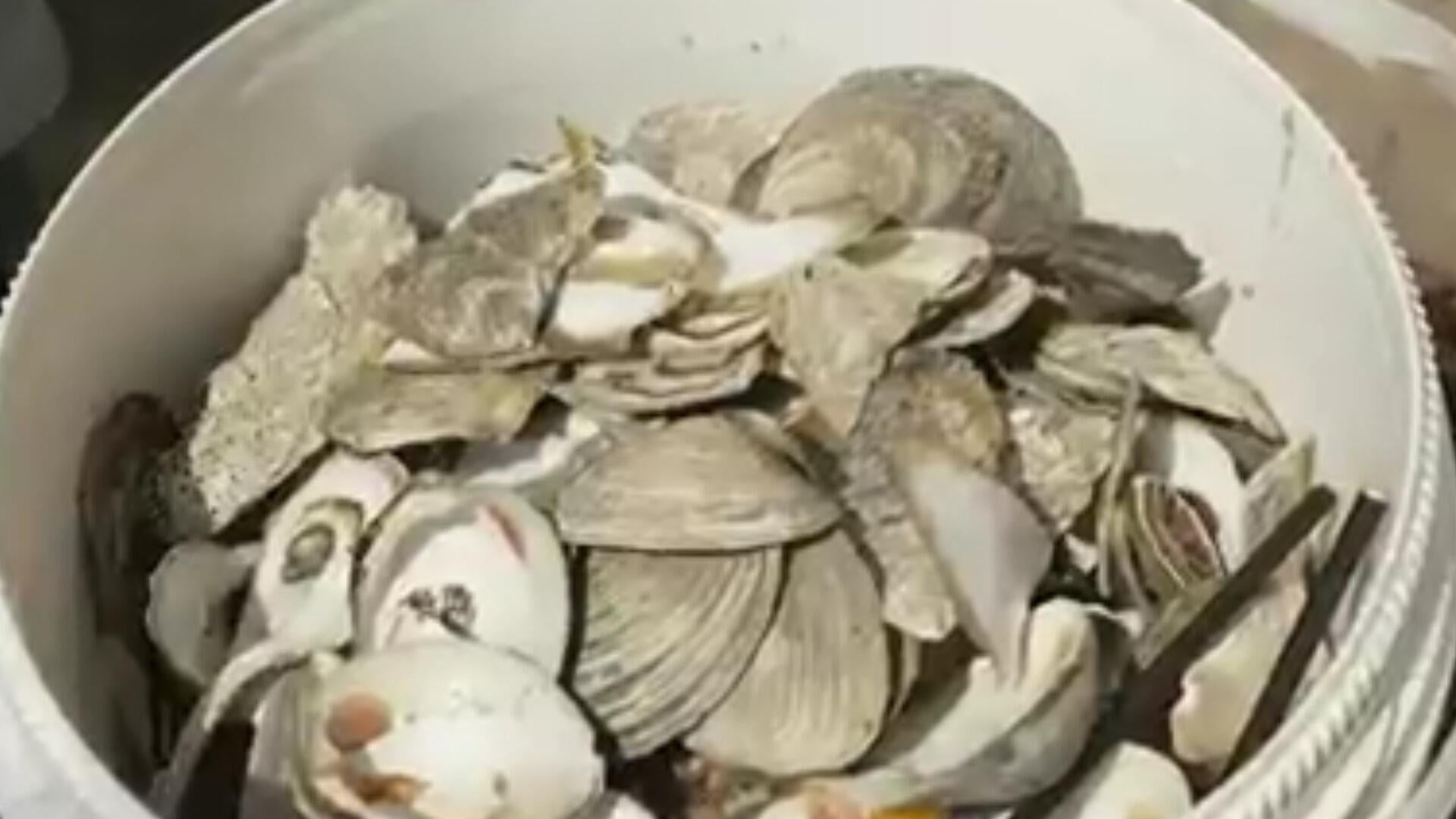Used oyster shells get recycled back into water

Fishermen have taken oysters out of the Long Island Sound off Connecticut for generations. But Todd Koehnke and Tim Macklin have made it their mission to dump millions of old shells back in.
Oyster beds are critical to a healthy ocean, because they filter water, prevent erosion and provide a home for an estimated 300 different species. In an aquatic circle of life, old shells also provide the ideal surface for baby oysters to latch on and grow — sometimes several to a shell.
Koehnke and Macklin's two-person nonprofit, Collective Oyster Recycling and Restoration, is working to help restore the health of Connecticut's overfished oyster beds. In two years, they've put back over 700,000 pounds of oyster shells, Macklin said.
"We've been taking it out of the sound for however many, over 100 years, and nobody's really putting it back in," Koehnke said.
Their efforts, funded by state grants, are the newest addition to a list of existing restoration programs in most states along the Atlantic Coast and the Gulf. It starts with collecting shells from over 50 Connecticut seafood restaurants that leave them in buckets out back.
After that, the shells cure for a year, giving them enough time to kill invasive species so as not to contaminate the Sound.
"We just move the shell, really, is what we do, and nature does all of the work," Macklin said.
One of the restaurants they collect from is the Oyster Club in Mystic, Connecticut.
Chef Renee Toupounce says they serve 4,000 to 6,000 oysters per week — some of the 2 billion oysters that Americans eat every year.
"It's important to make sure that you know we are doing our part to help make the world better, make our ecosystem stronger," Toupounce said.
David Schechter is a national environmental correspondent and the host of "On the Dot with David Schechter," a guided journey to explore how we're changing the earth and earth is changing us.
















































